A 5.5 kW solar panel system can meet a large portion of the daily energy needs of an average household. This power capacity comfortably runs essential electrical appliances such as lighting, refrigerator, washing machine, dishwasher, and television. With proper usage planning, air conditioners and small household appliances can also be included in this system.
A system of this scale produces approximately 20 to 25 kWh of electricity per day, depending on sunshine duration. This amount is sufficient to meet the average electricity consumption of a family of 3 to 4 people. Although it varies according to consumption habits, the energy generated during daylight hours can be used directly, while any surplus can be stored with a battery system or fed into the grid.
A 5.5 kW solar panel investment not only provides a significant reduction in electricity bills, but also enables environmentally friendly energy use. Especially in homes with high energy consumption and in small businesses, this capacity offers a cost advantage and contributes to a sustainable lifestyle.
How Much Daily Electricity Does a 5.5 kW Solar Panel Produce?
A 5.5 kW capacity solar panel system can generate around 20 to 25 kWh of electricity per day under average conditions. However, this value applies to fixed installations. If the system is supported by a solar tracking mechanism, the panels change orientation throughout the day according to the sun’s movement, significantly increasing production. In this way, 25% to 35% higher efficiency can be achieved compared to fixed systems.
Considering the annual average sunshine duration across Türkiye, a 5.5 kW system is capable of meeting the daily electricity needs of most households. It comfortably powers devices such as lighting, refrigerators, washing machines, dishwashers, and televisions. When a solar tracking system is used, much more electricity is produced from the same roof area, allowing higher-consumption devices like air conditioners to run more efficiently.
An increase in daily production not only meets energy demand but also boosts cost advantages. Excess electricity can be stored with battery systems or fed into the grid. Thanks to solar tracking technology, the investment payback period is shortened and sustainable energy use becomes much more effective.
Which Basic Household Appliances Can a 5.5 kW Solar Panel Power?
A 5.5 kW solar panel system has the capacity to meet the average electricity consumption of a typical home. From lighting to kitchen equipment, it covers many basic needs without issues. Especially when used together with energy-efficient appliances, it provides a comfortable lifestyle and creates a significant reduction in electricity bills.
Basic household appliances that can be powered with this capacity:
- Refrigerator
- Washing machine
- Dishwasher
- Television
- Air conditioner (depending on daily usage time)
- Vacuum cleaner
- Lighting systems
- Small kitchen appliances (mixer, kettle, coffee machine, etc.)
Thanks to its daily production capacity, this system supports not only basic devices but also additional equipment that increases living comfort. With proper planning of consumption habits, energy use is balanced and maximum benefit is obtained from solar energy. This provides a solution that is both economical and environmentally friendly.
In Which Applications Can a 5.5 kW System Be Used in Agricultural Irrigation?
A 5.5 kW solar energy system has sufficient capacity to meet the energy needs of medium-sized agricultural enterprises. It reduces dependence on the electrical grid, lowers farmers’ costs, and ensures that water pumps operate efficiently during peak sunlight hours. In this way, both production continuity is maintained and energy costs are kept under control.
Applications of a 5.5 kW system in agricultural irrigation:
- Meeting the energy needs of drip irrigation systems
- Operating surface and submersible pumps
- Automatic irrigation systems in gardens and greenhouses
- Pumping water to fields in small and medium-sized farmland
- Providing water support for livestock drinking troughs and feeders
A system of this capacity increases sustainability in agricultural production while minimizing energy expenses. Solar-powered irrigation systems become one of the most ideal solutions especially for meeting the increased irrigation demand in summer, providing farmers with long-term savings.
How Does the Performance of a 5.5 kW System Change Under Real Conditions?
A 5.5 kW solar panel system performs differently under real-world conditions compared to laboratory data. While panels are measured under ideal temperature and irradiance in test environments, factors such as weather conditions, temperature fluctuations, and shading in daily life affect production capacity. Especially in summer, high temperatures slightly reduce panel efficiency, while long sunshine duration largely compensates for this loss.
The solar potential of the installation region also plays a decisive role in performance. In southern provinces, daily production can exceed 25 kWh with this capacity, while in areas with less sunshine, average production may fall to around 18 to 20 kWh. The tilt angle and orientation of the panels directly affect efficiency as well. The correct mounting angle enables much higher electricity generation from the same system.
To increase performance under real conditions, it is important to avoid shading, carry out regular maintenance, and, if necessary, use a solar tracking system. In this way, a 5.5 kW system can reach higher annual production values and become a strong energy source that meets both residential and agricultural needs.
How Much Roof Area Is Required for a 5.5 kW System?
A 5.5 kW solar energy system requires on average 30 to 45 m² of roof area. This calculation varies depending on the efficiency and dimensions of the panels used. When high-efficiency panels are preferred, a smaller surface is sufficient, whereas standard panels require a larger roof area for installation.
When calculating roof area, not only the square meters but also the roof’s slope, orientation, and shading conditions should be considered. A south-facing, shade-free roof allows the system to operate much more efficiently at the same capacity. Therefore, proper placement planning is one of the most important factors determining the system’s real performance.
A system of this size is ideal for both meeting residential electricity consumption and achieving long-term savings. With the right panel selection and proper installation, the roof area is utilized most efficiently, enabling maximum energy generation from a 5.5 kW system.
Roof Area Requirements: Standard Panels vs. High-Efficiency Panels
There are significant differences in area requirements between standard panels and high-efficiency panels. Since standard panels generally have lower efficiency rates, more surface area is needed to produce the same amount of electricity. This creates a disadvantage, especially for buildings with limited roof space.
High-efficiency panels produce more energy per square meter thanks to more advanced cell technologies. Thus, a much smaller area is sufficient to achieve the same capacity. Although the investment cost is slightly higher than standard panels, they provide a major advantage in projects with area constraints in terms of efficiency.
Roof slope and orientation also affect area needs depending on the panel type. In installations with standard panels, shading risks are higher, requiring careful planning of the available area. High-efficiency panels, being fewer in number, are easier to place and keep efficiency losses to a minimum.
In the long term, high-efficiency panels shorten payback time as they generate more electricity in less space. While standard panels offer a more affordable starting cost, they remain more limited in energy production and space utilization compared to high-efficiency panels. Therefore, choosing the right option according to project conditions plays a critical role.
Advantages of a 5.5 kW Roof System for Residential Use
For residential use, a 5.5 kW roof system offers an ideal solution to meet a household’s energy needs. This capacity covers a large portion of average daily electricity consumption, providing savings and reducing dependence on the grid. Proper utilization of the roof ensures a high-efficiency return on investment over the long term.
Advantages of a 5.5 kW roof system in residential use:
- Meets the energy needs of basic appliances such as lighting, refrigerator, washing machine, and television
- Provides a significant reduction in electricity bills
- Offers additional income by feeding surplus energy into the grid
- Reduces carbon footprint through eco-friendly energy use
- Provides a reliable alternative against power outages
These advantages make solar energy not only an economic choice but also valuable in terms of environmental sustainability. For homeowners, a 5.5 kW roof system provides energy comfort in daily life and represents a clean energy investment for the future.


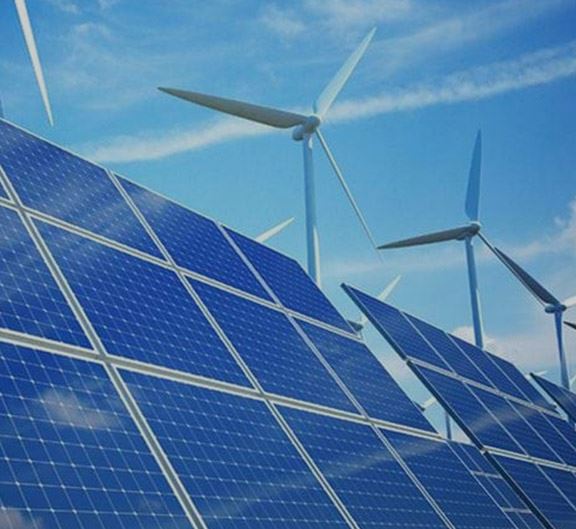
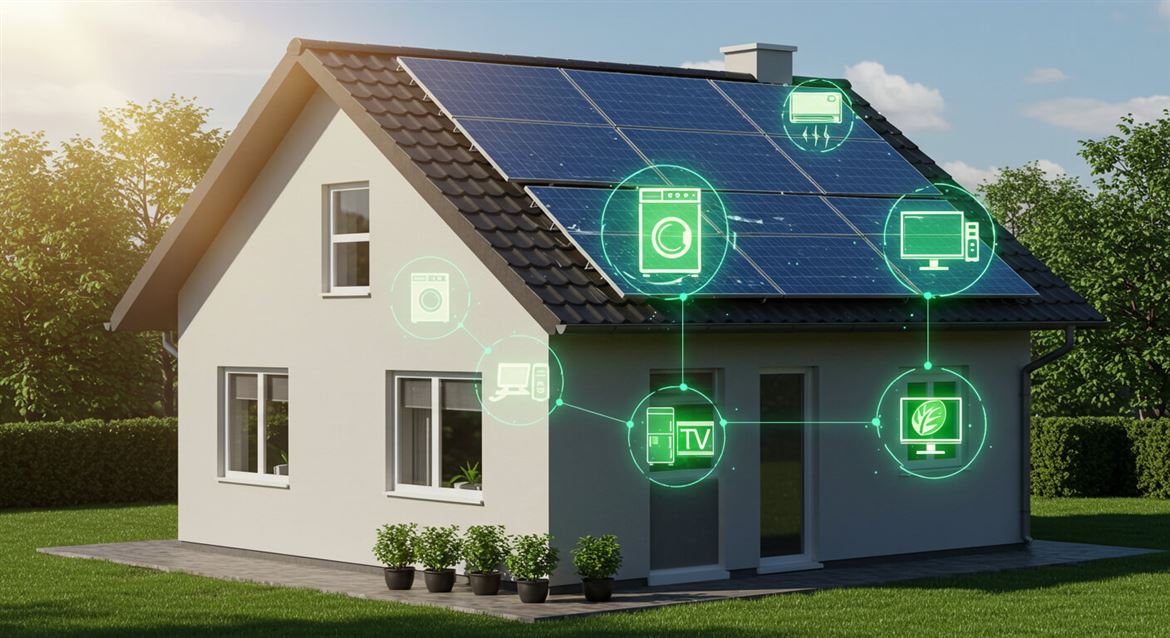
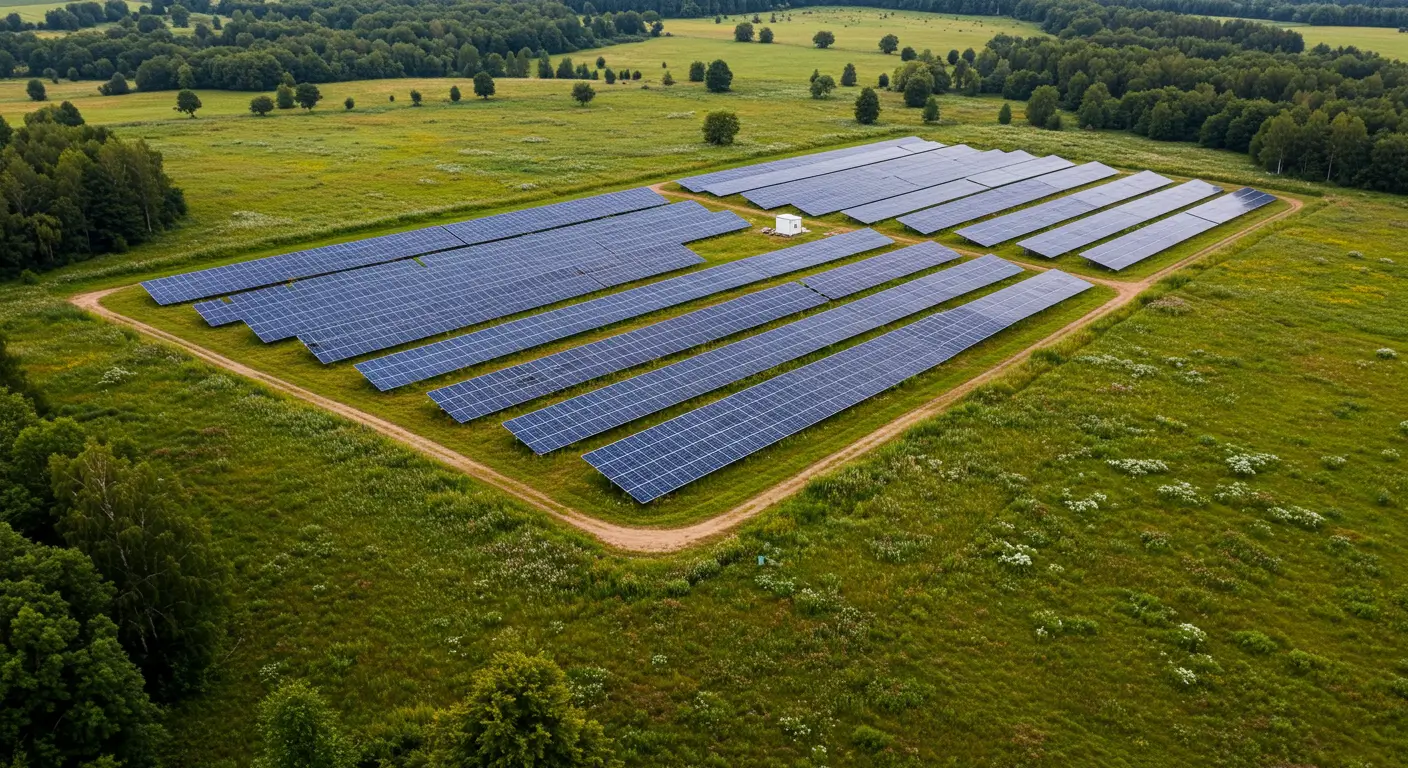
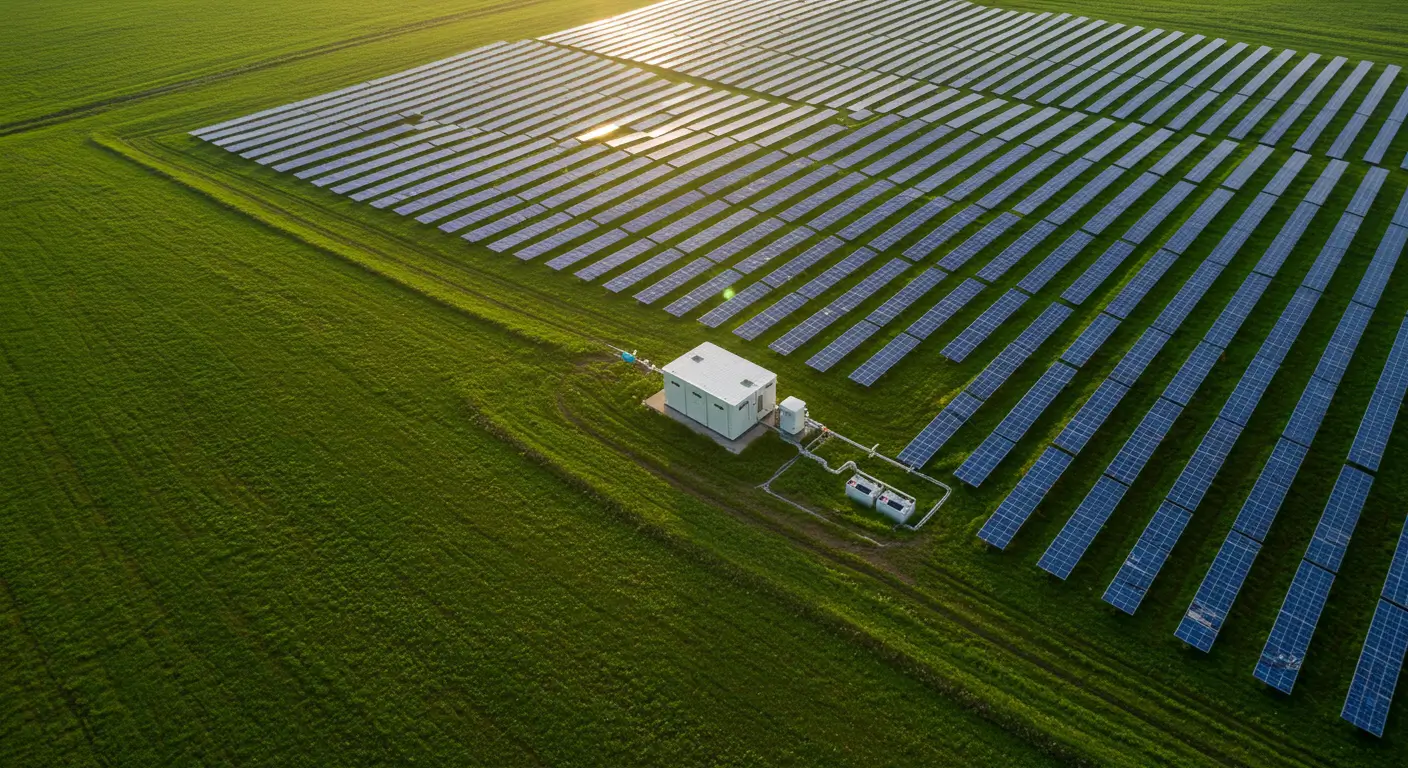
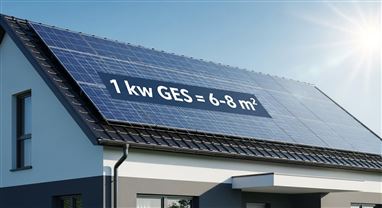
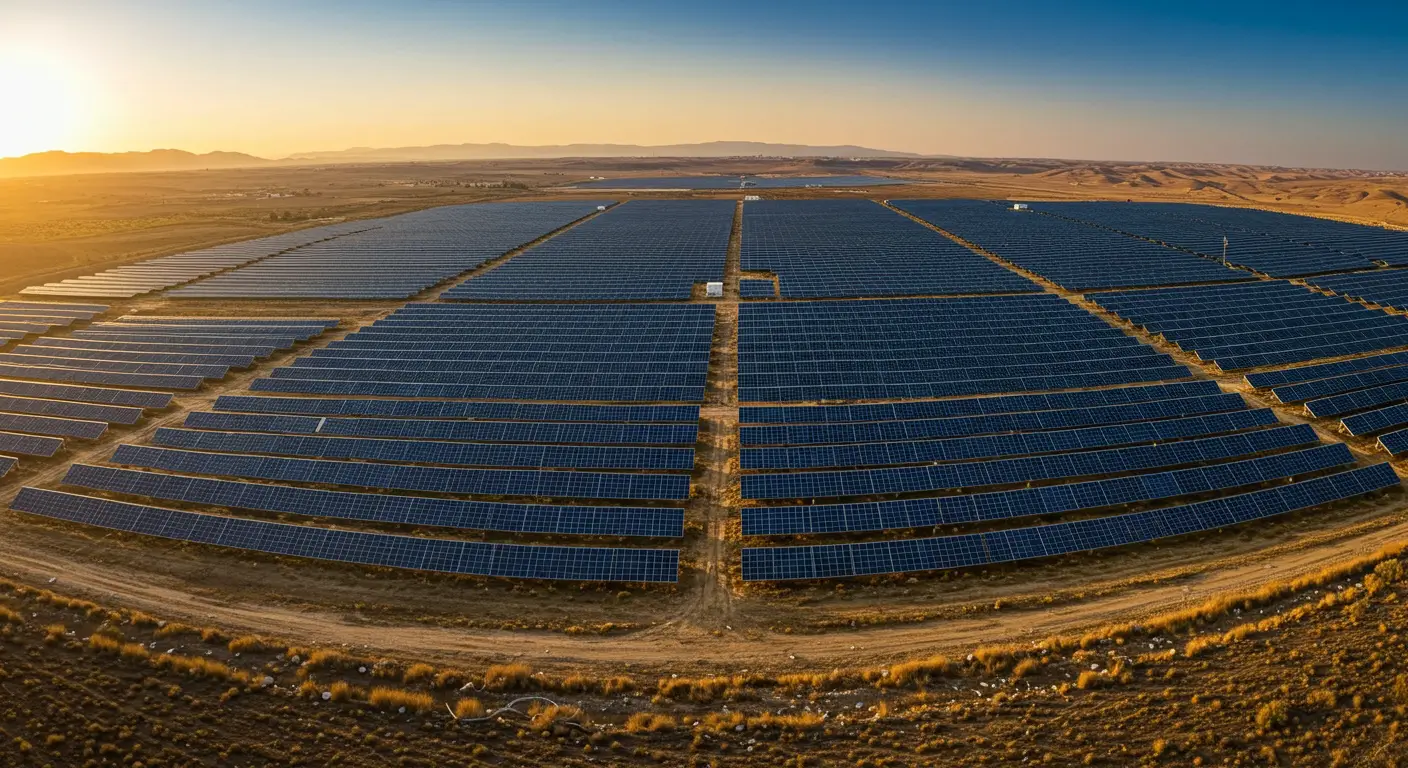
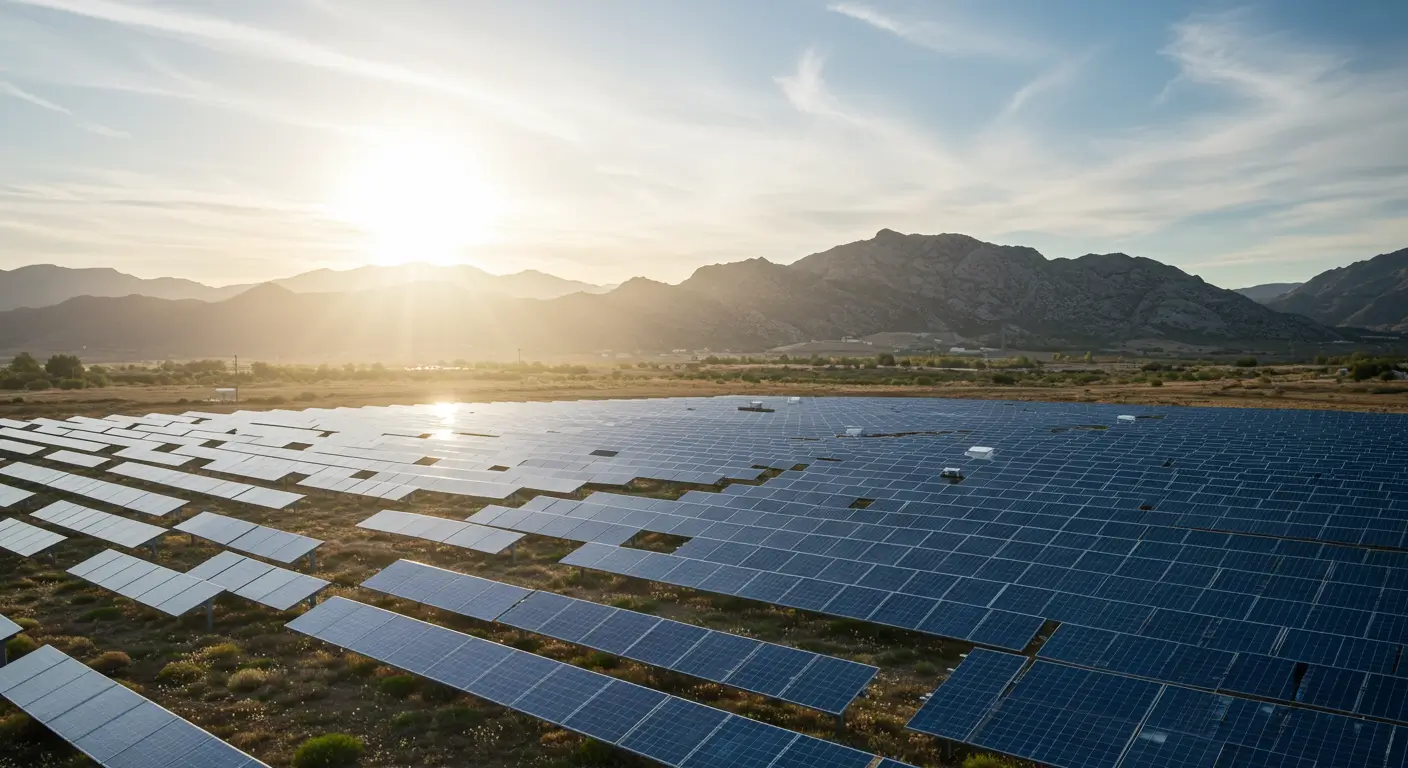
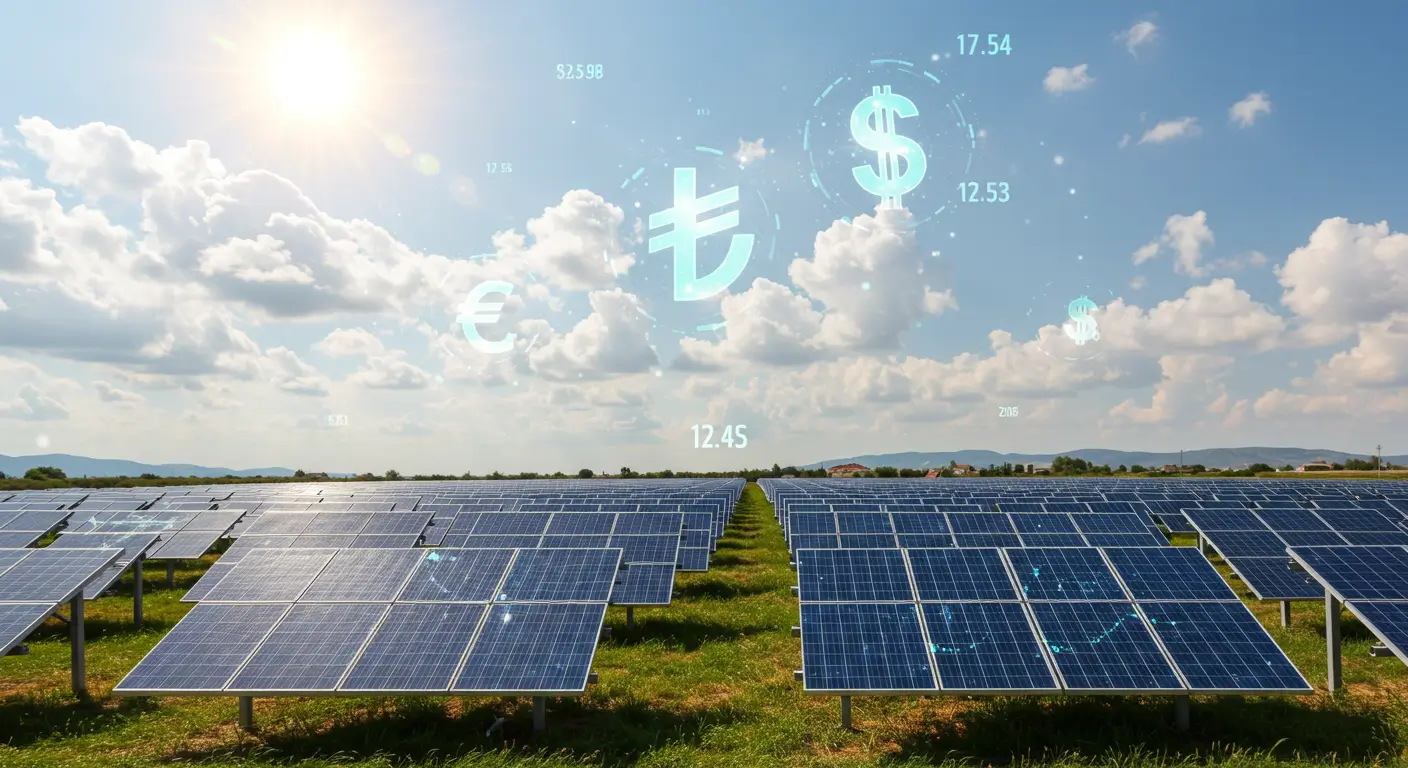
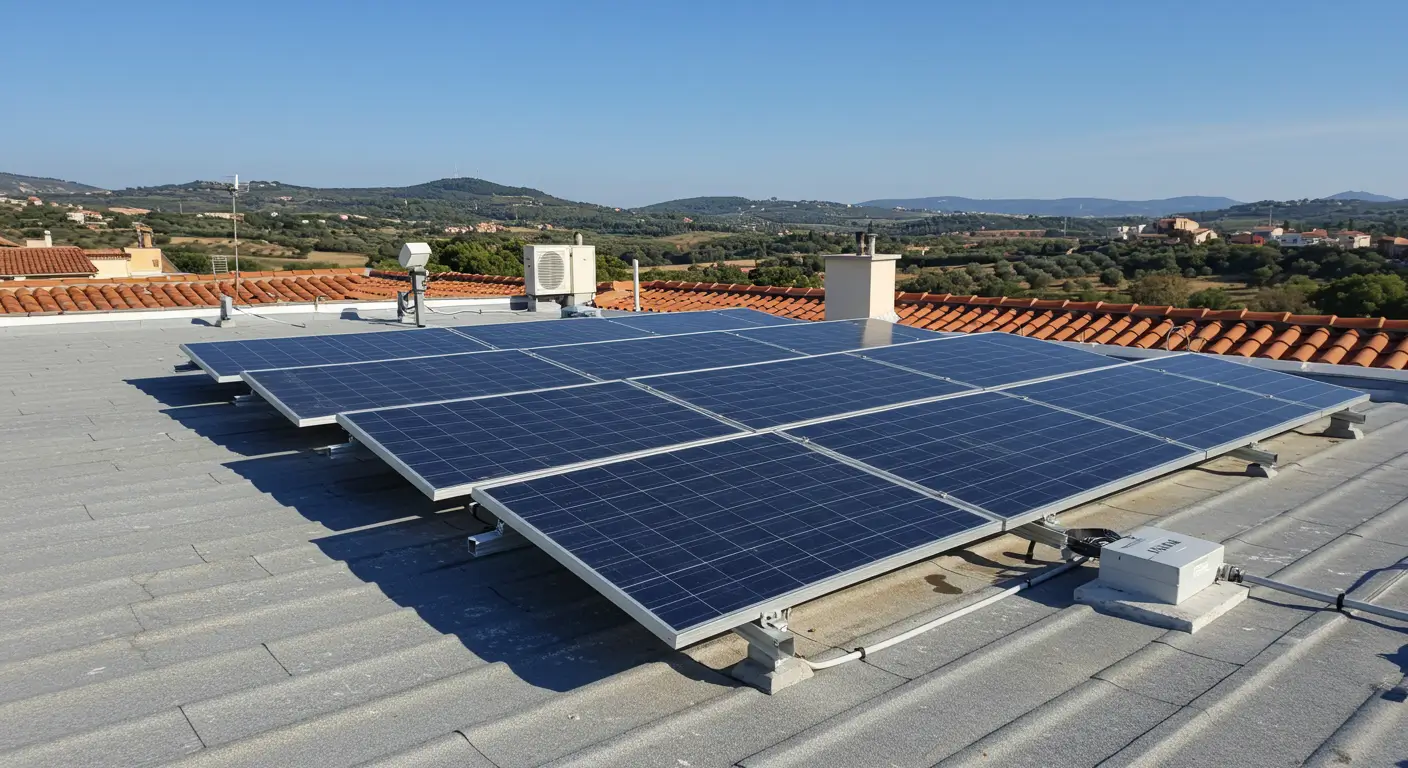
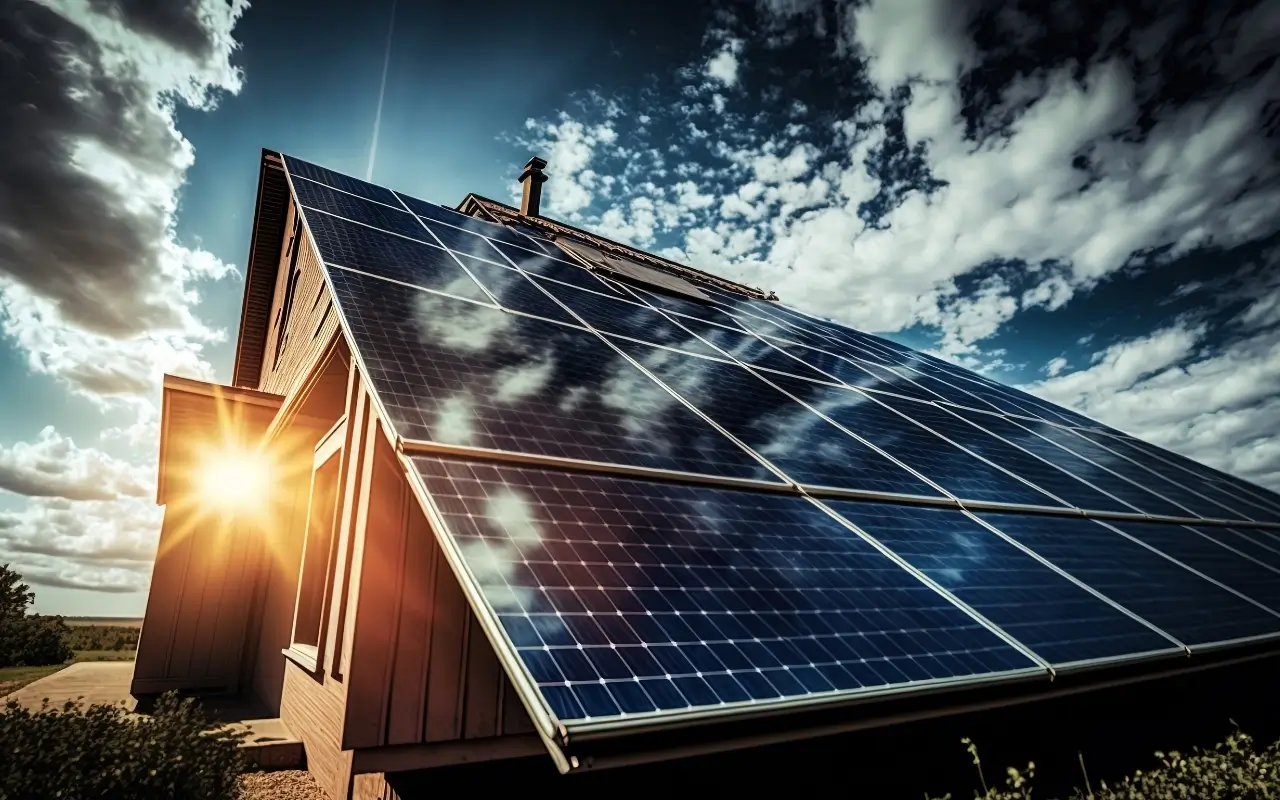
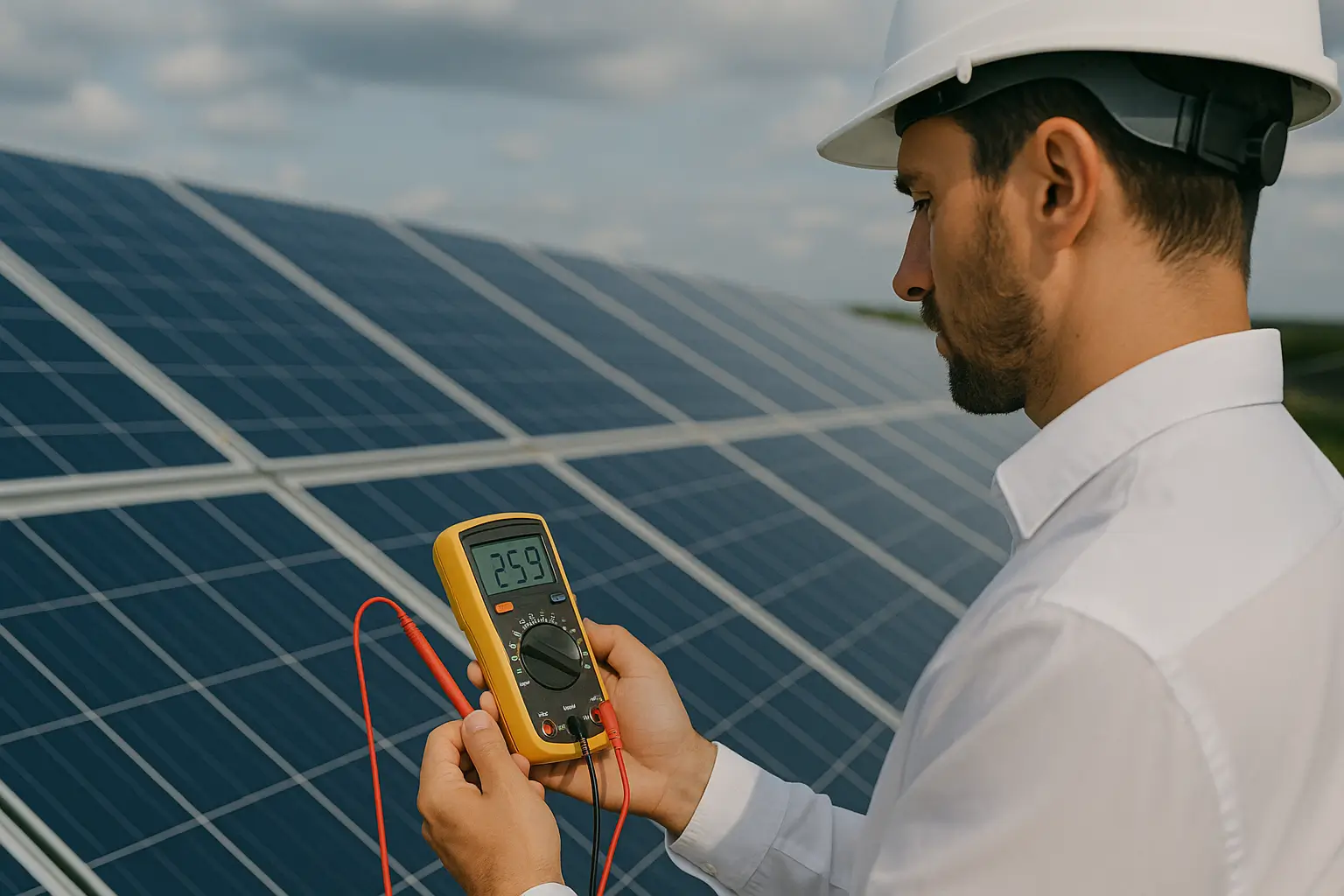
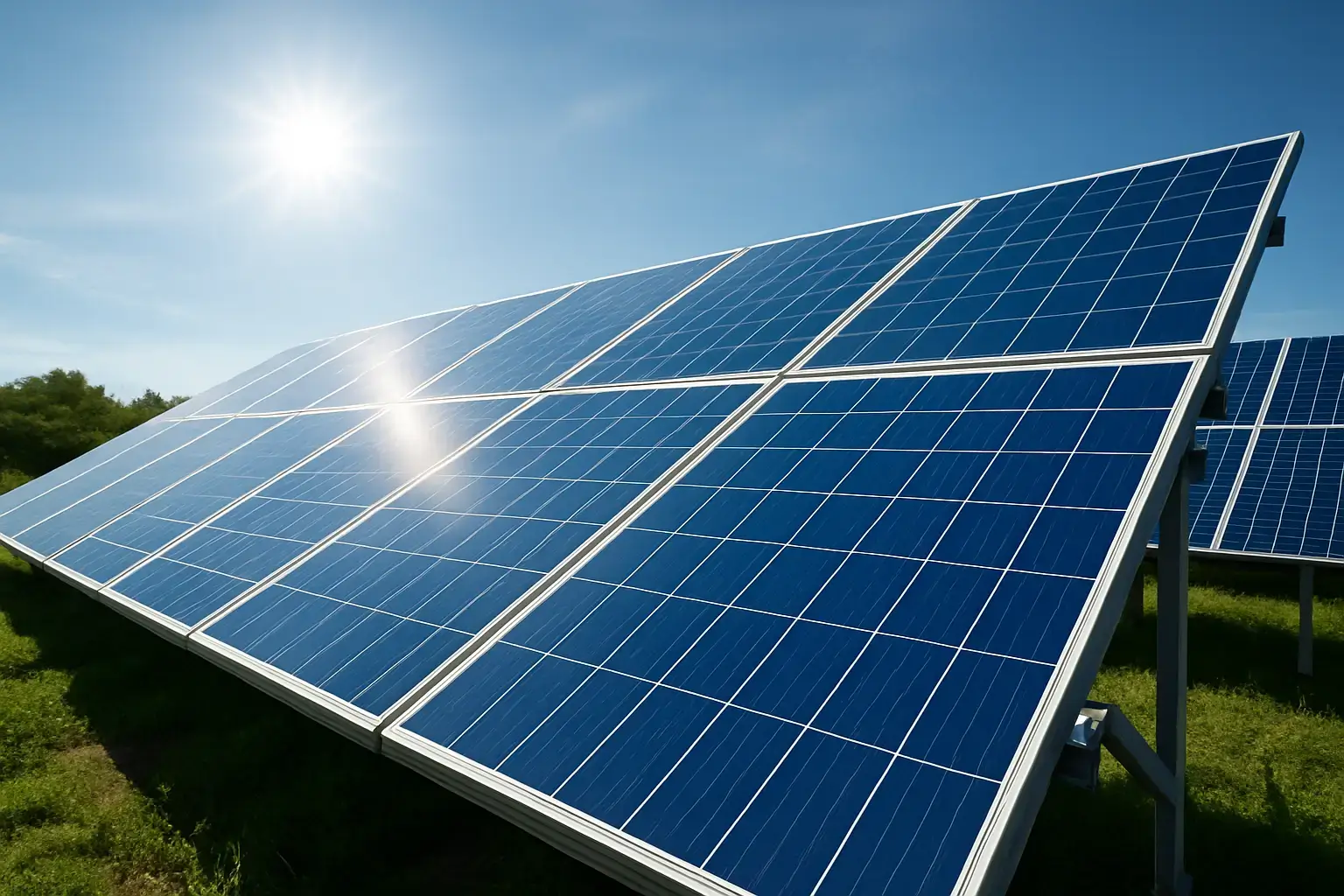
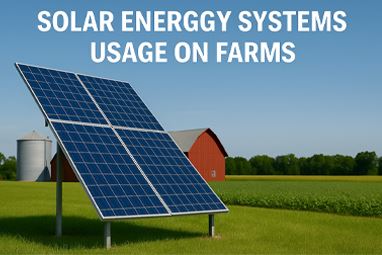
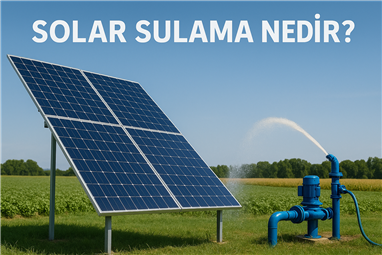
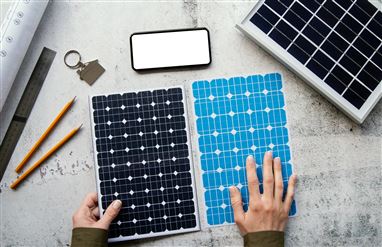


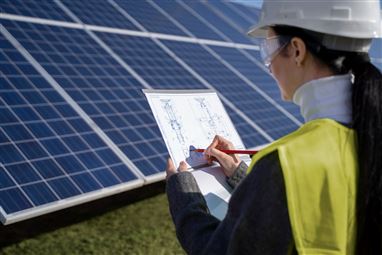

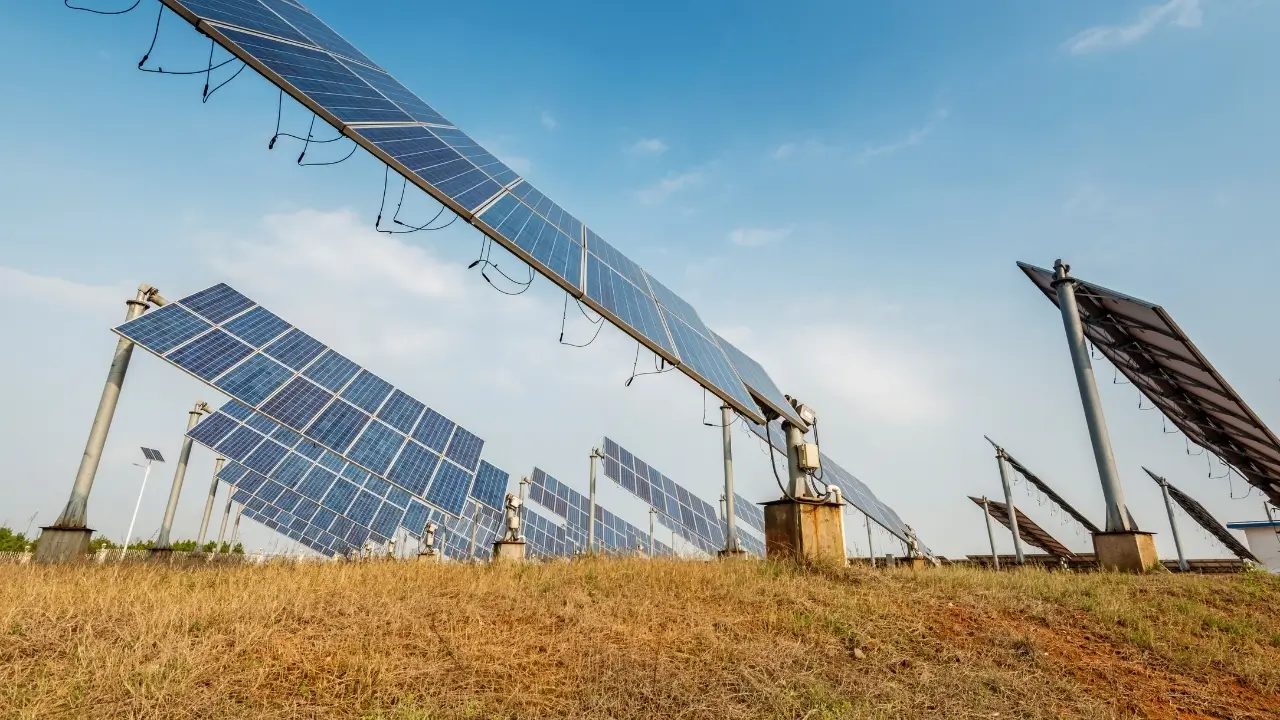

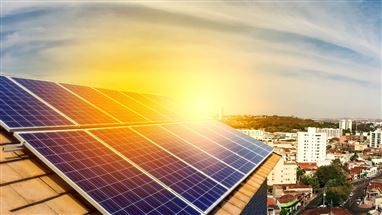
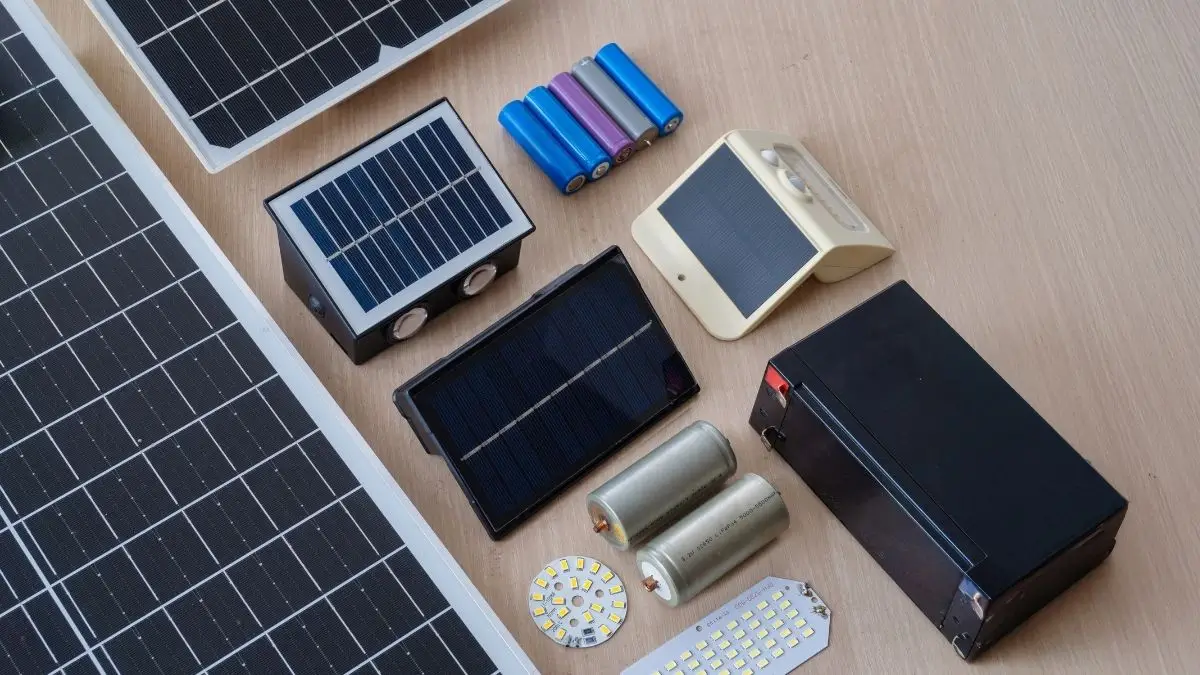
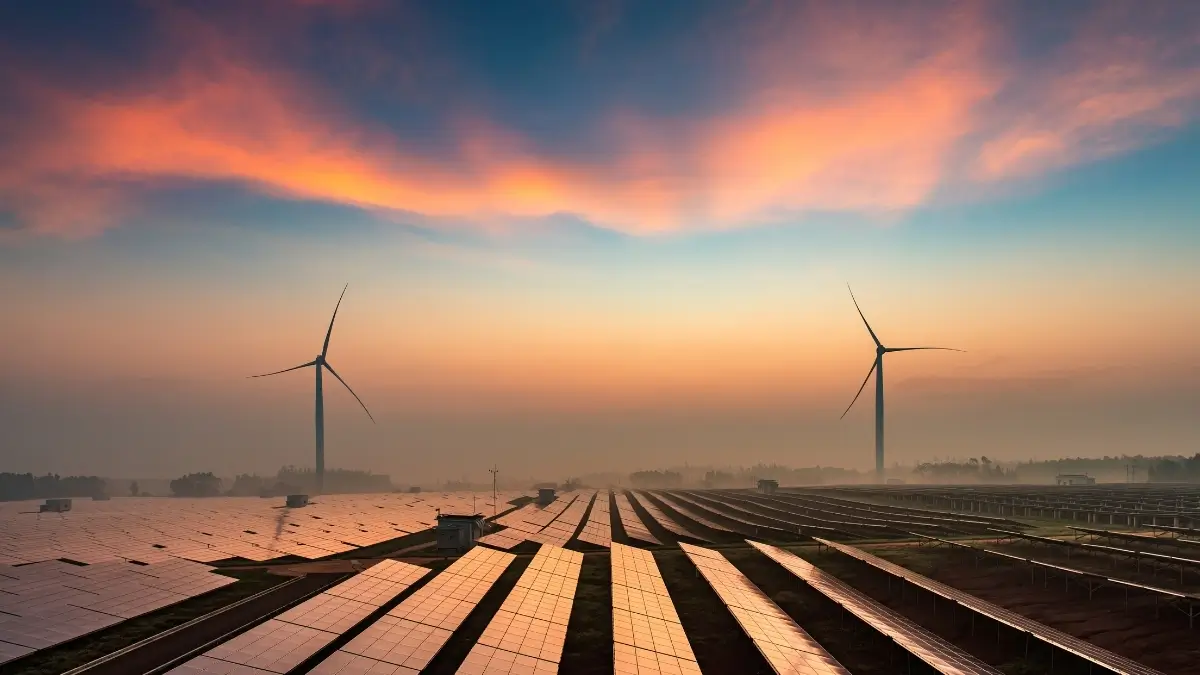
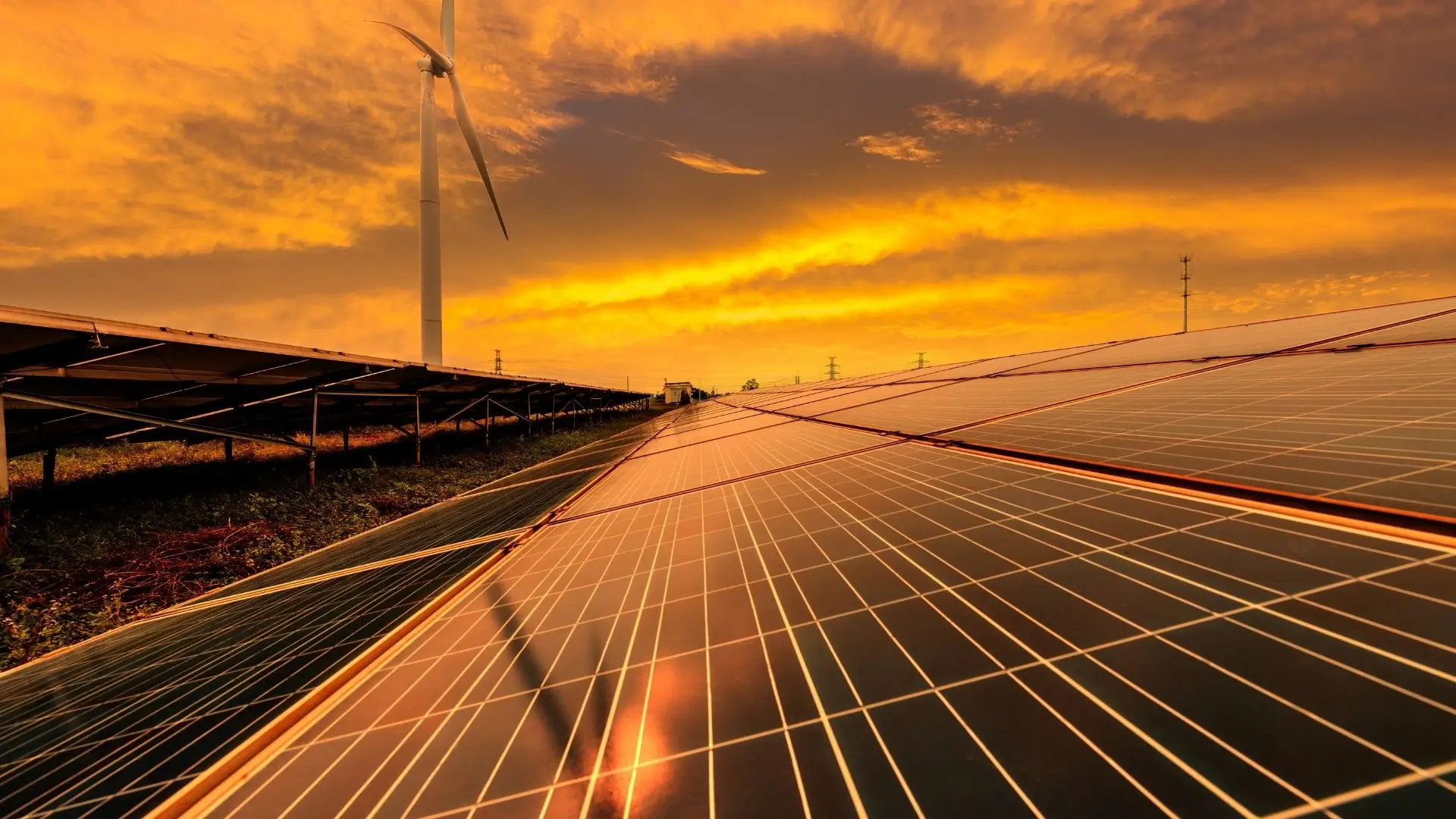
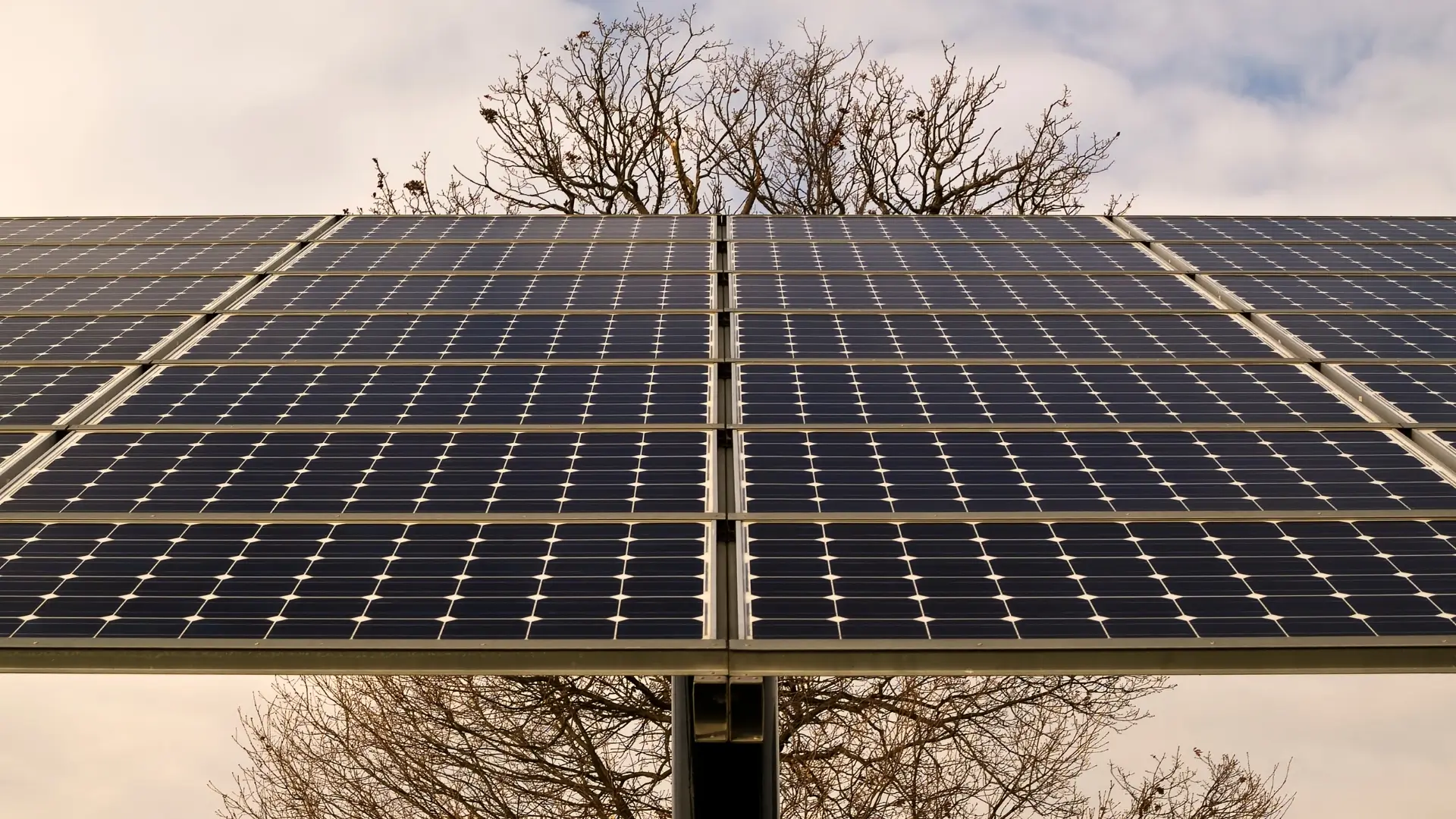
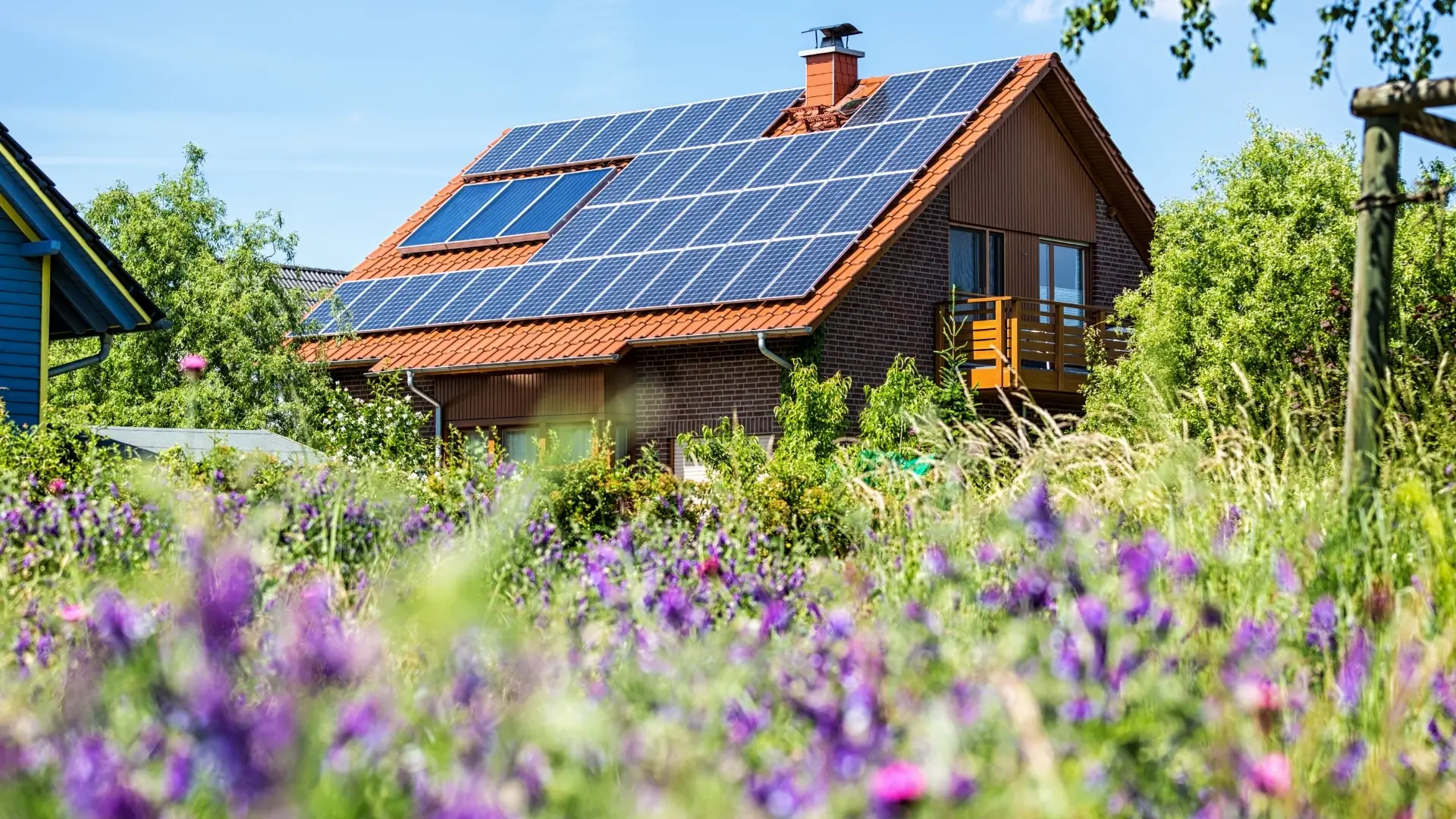
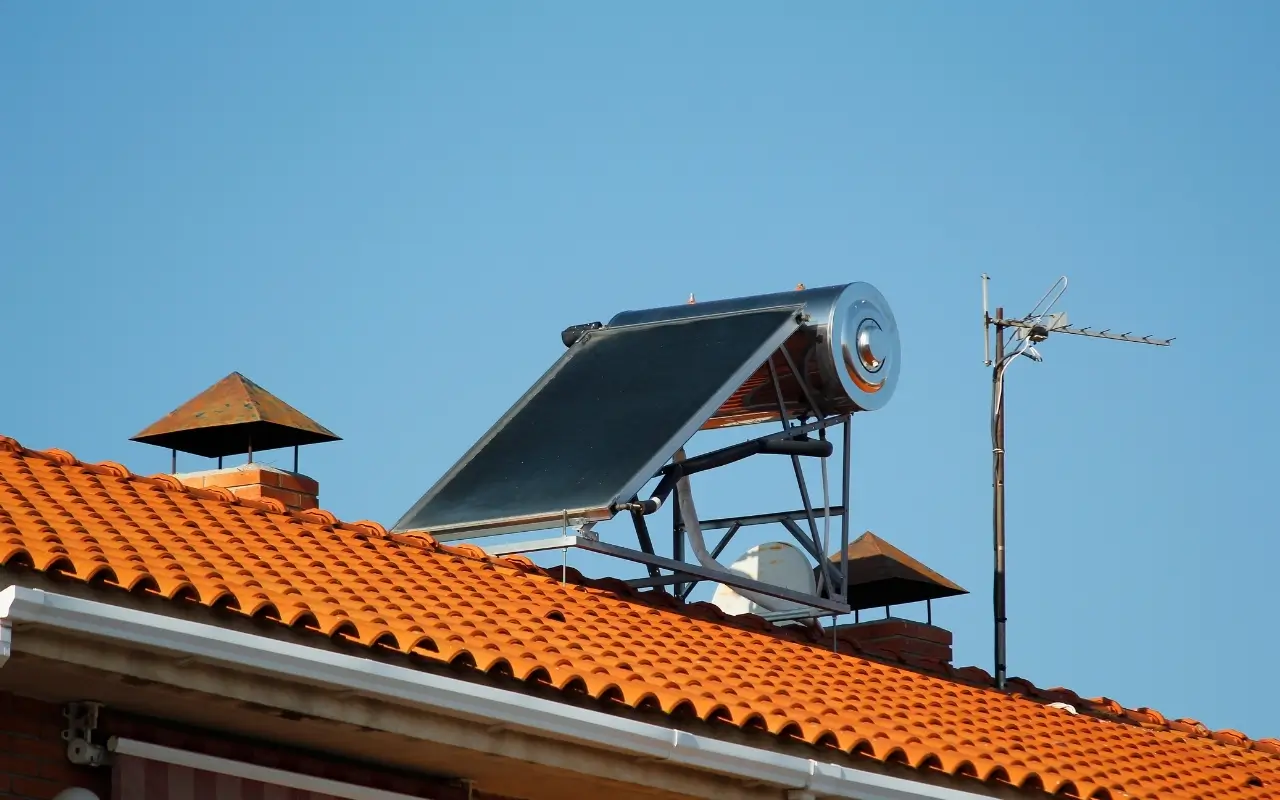
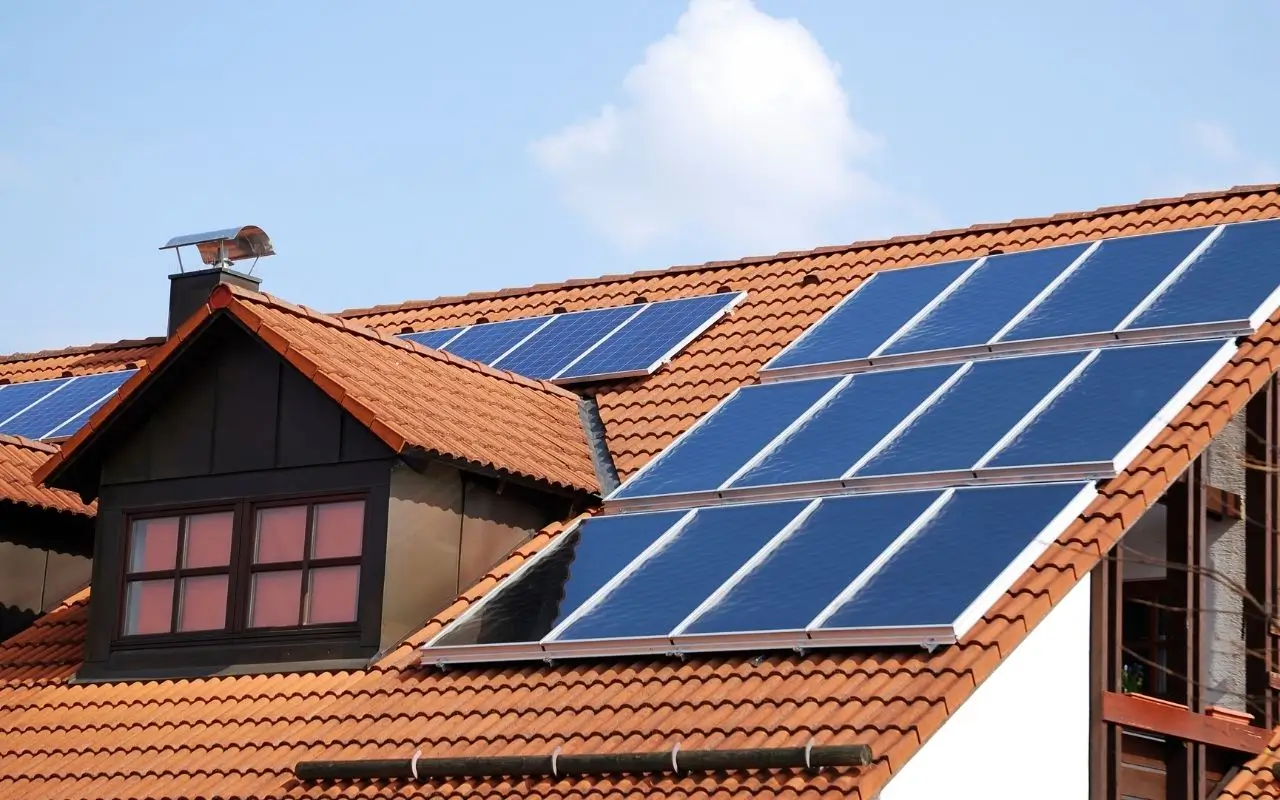
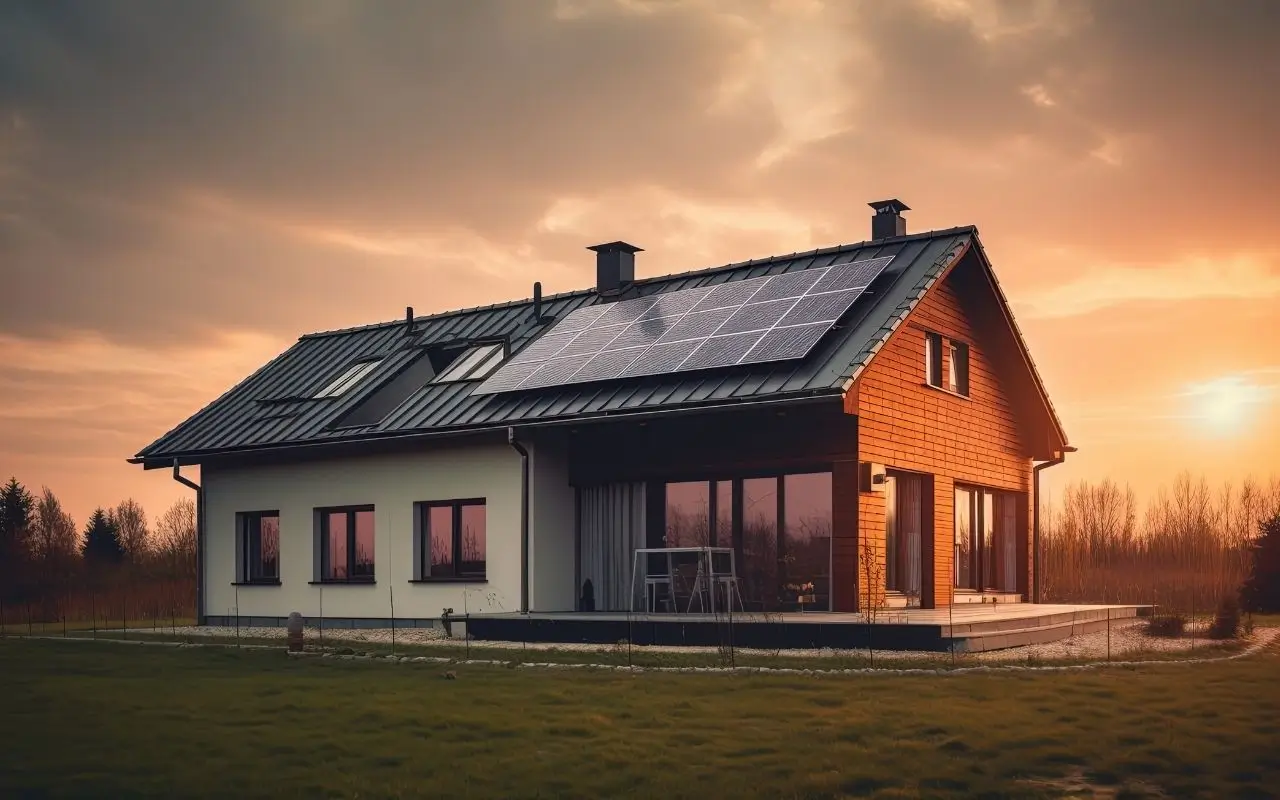
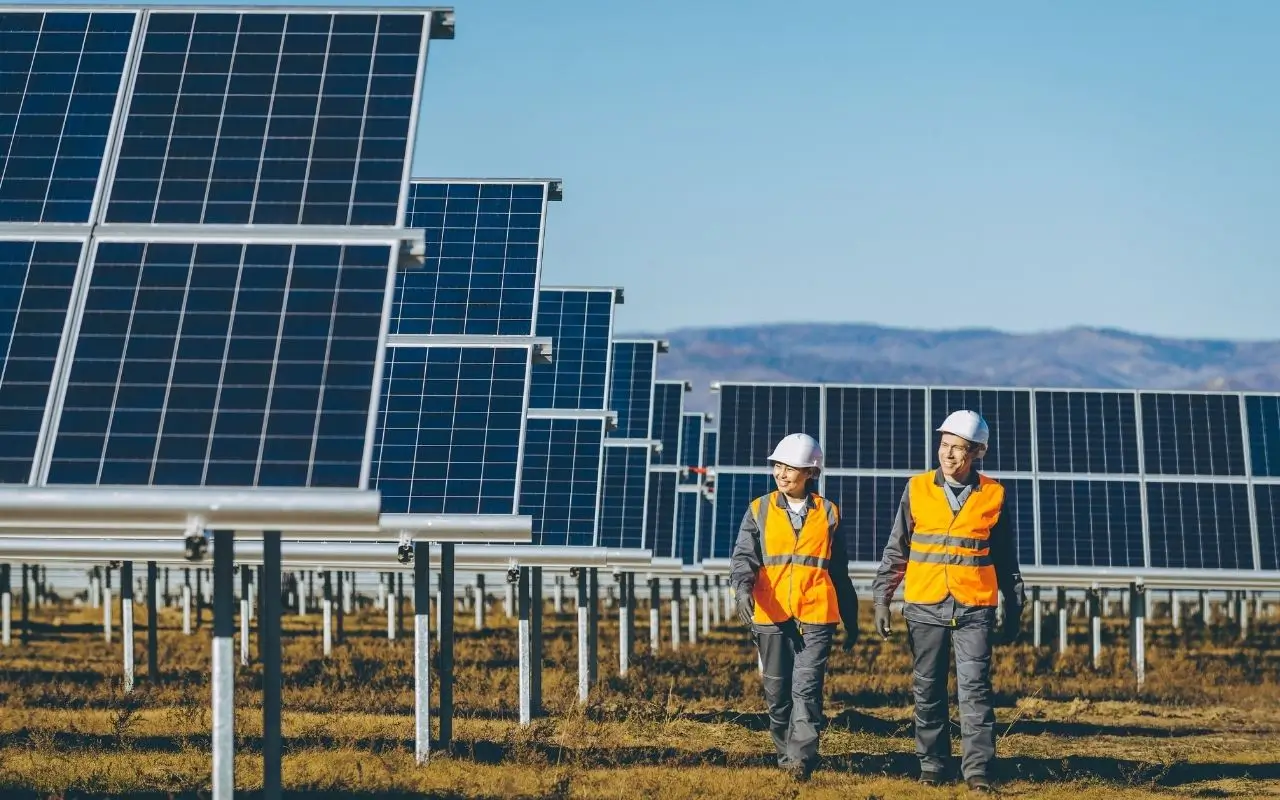
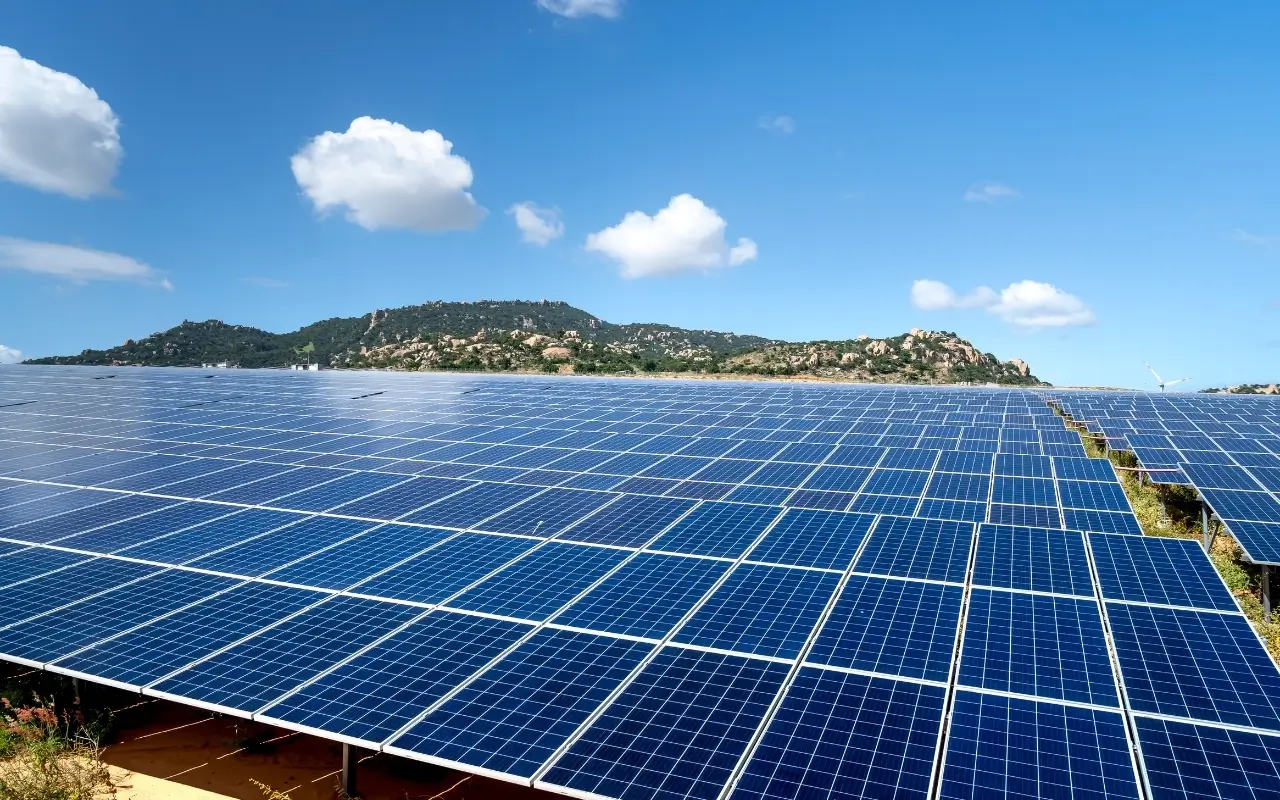
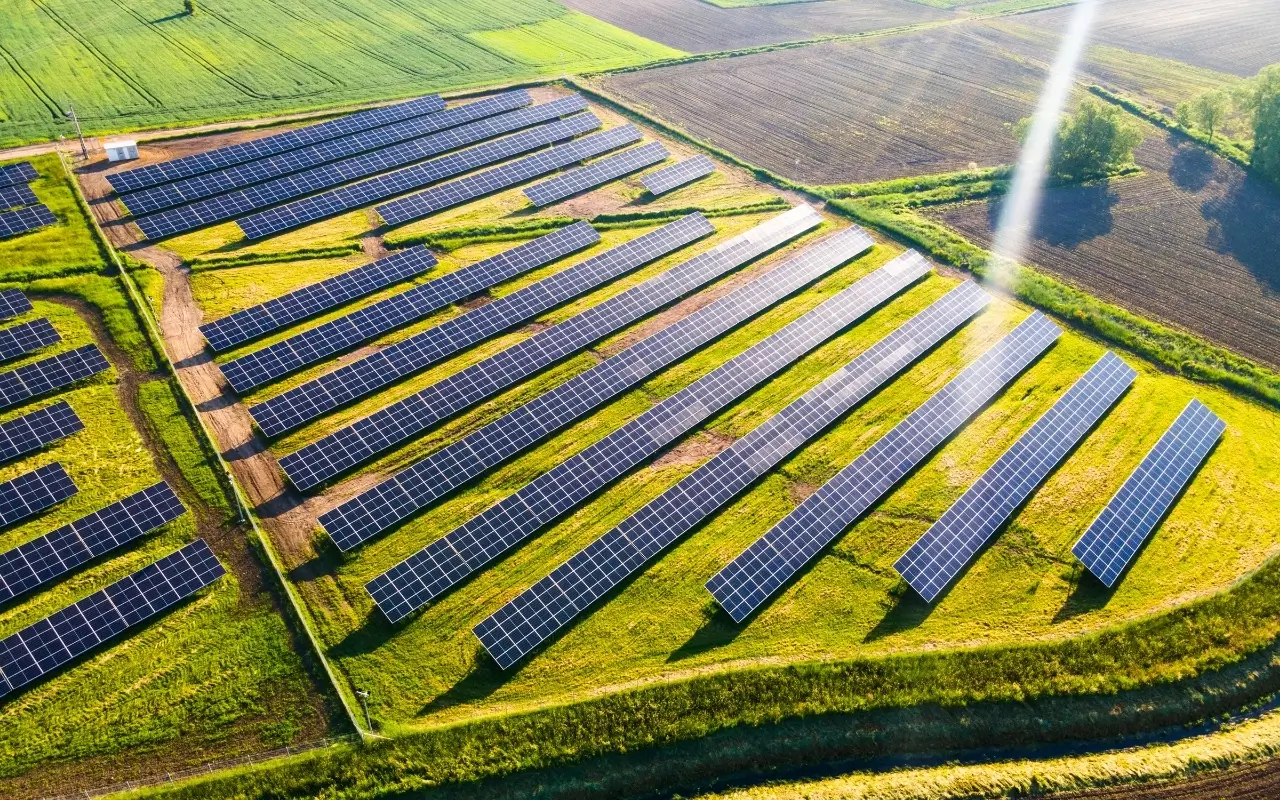
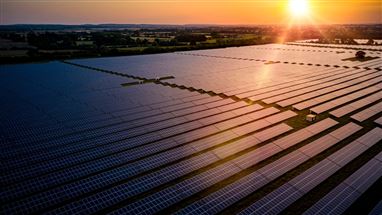
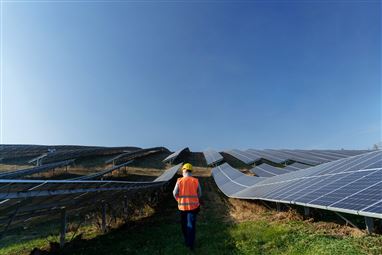
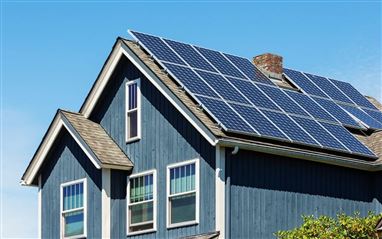
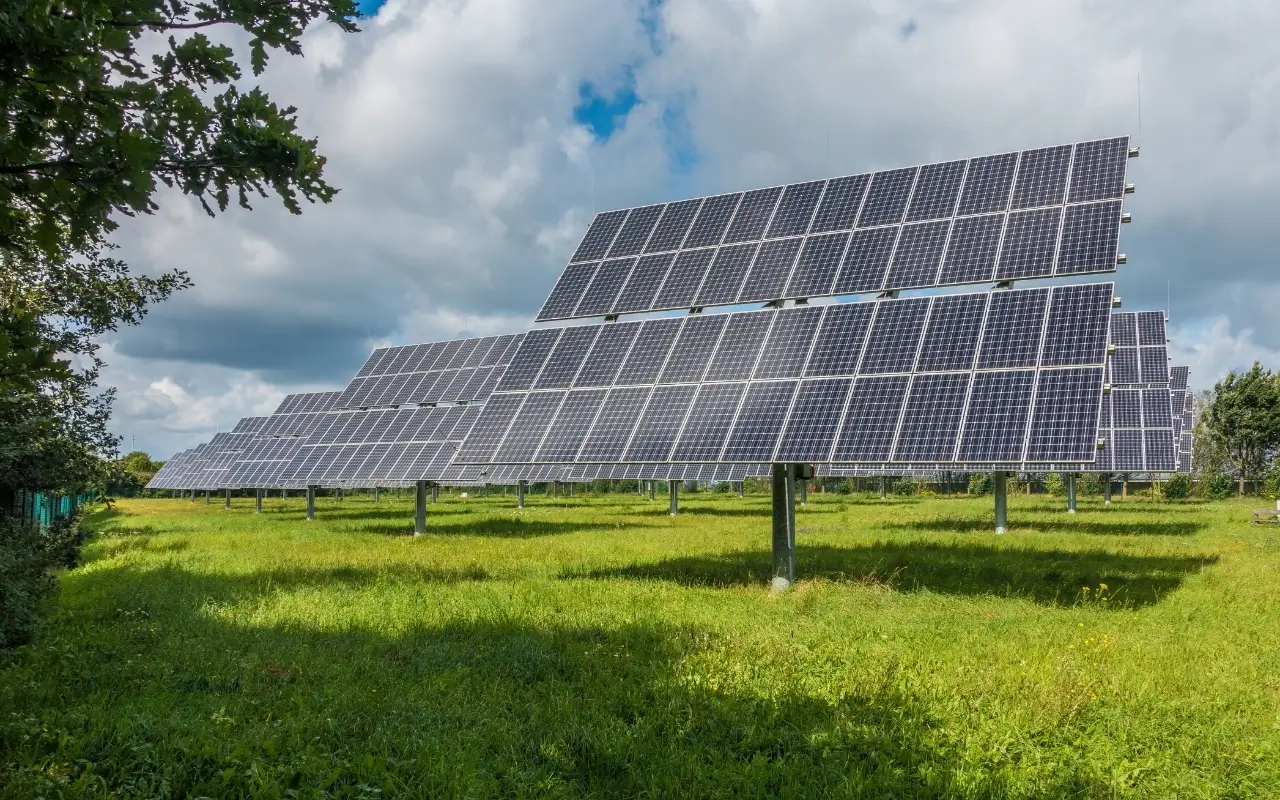
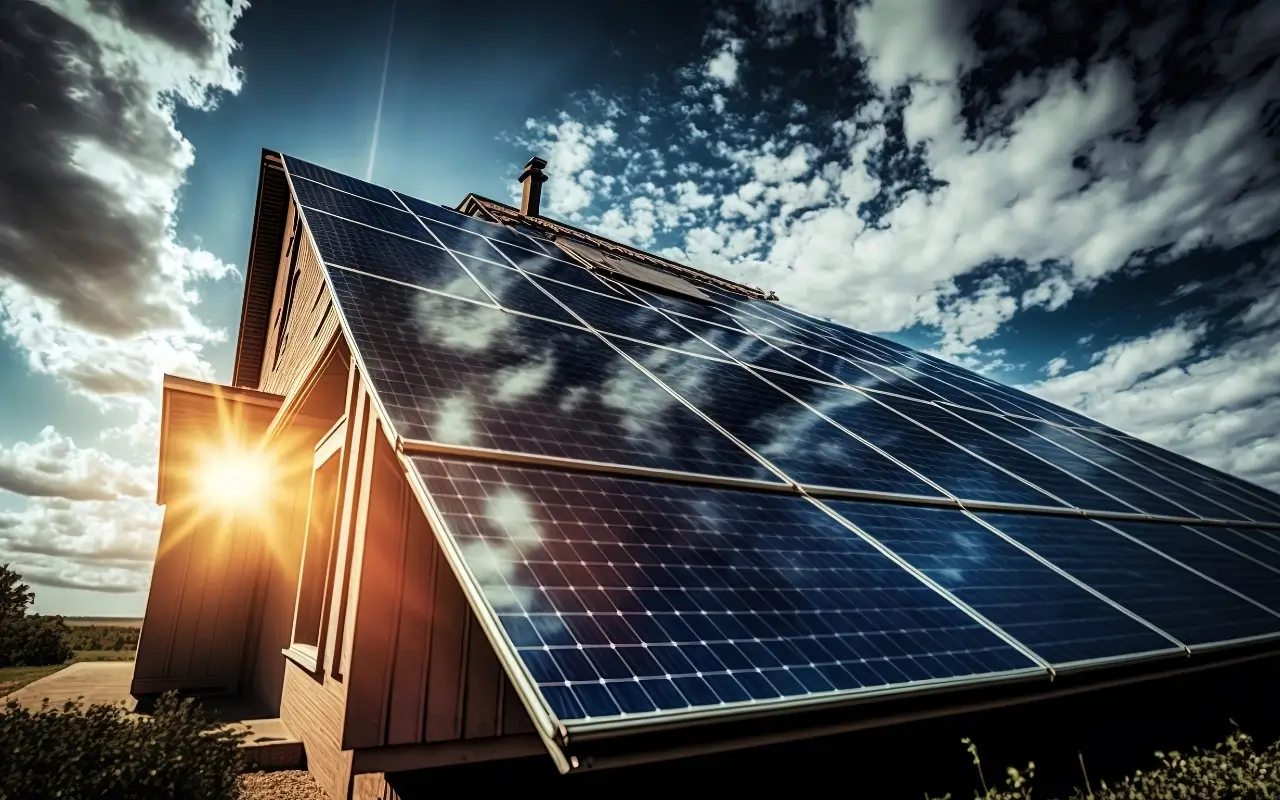
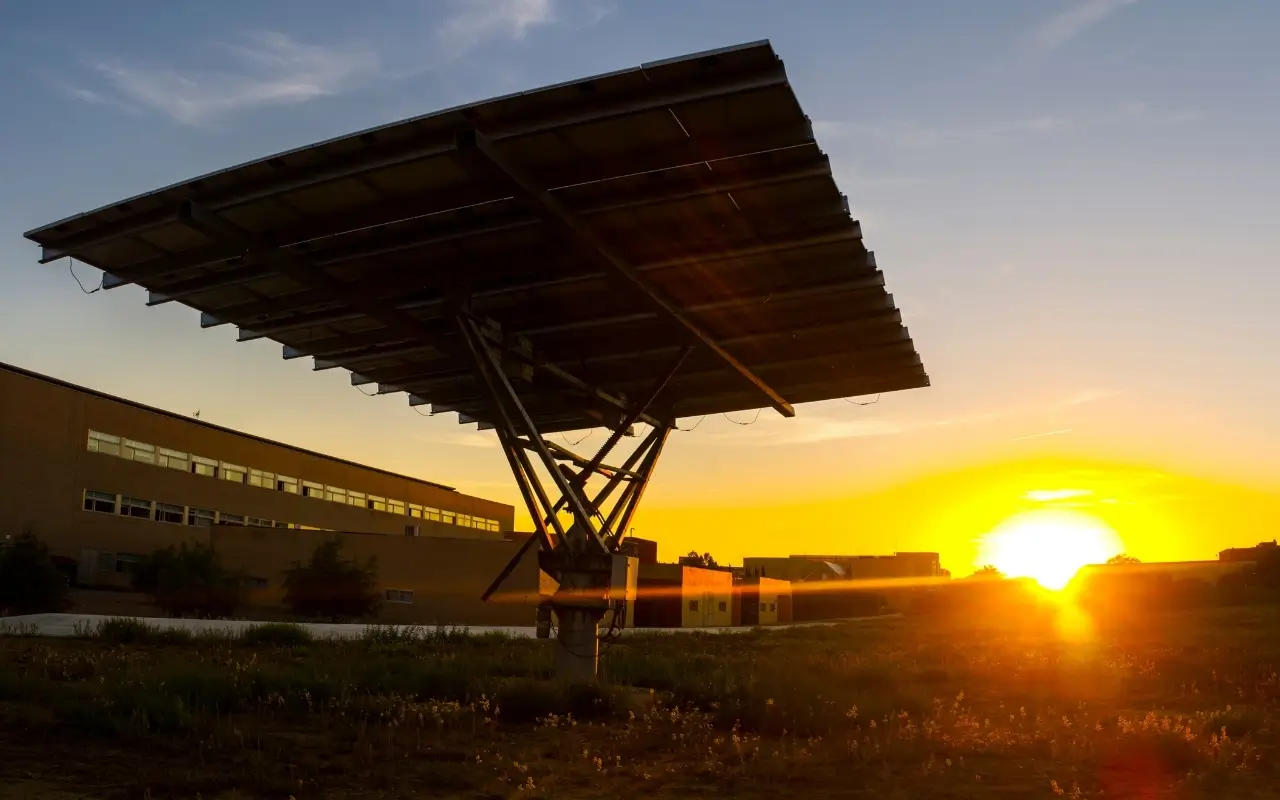
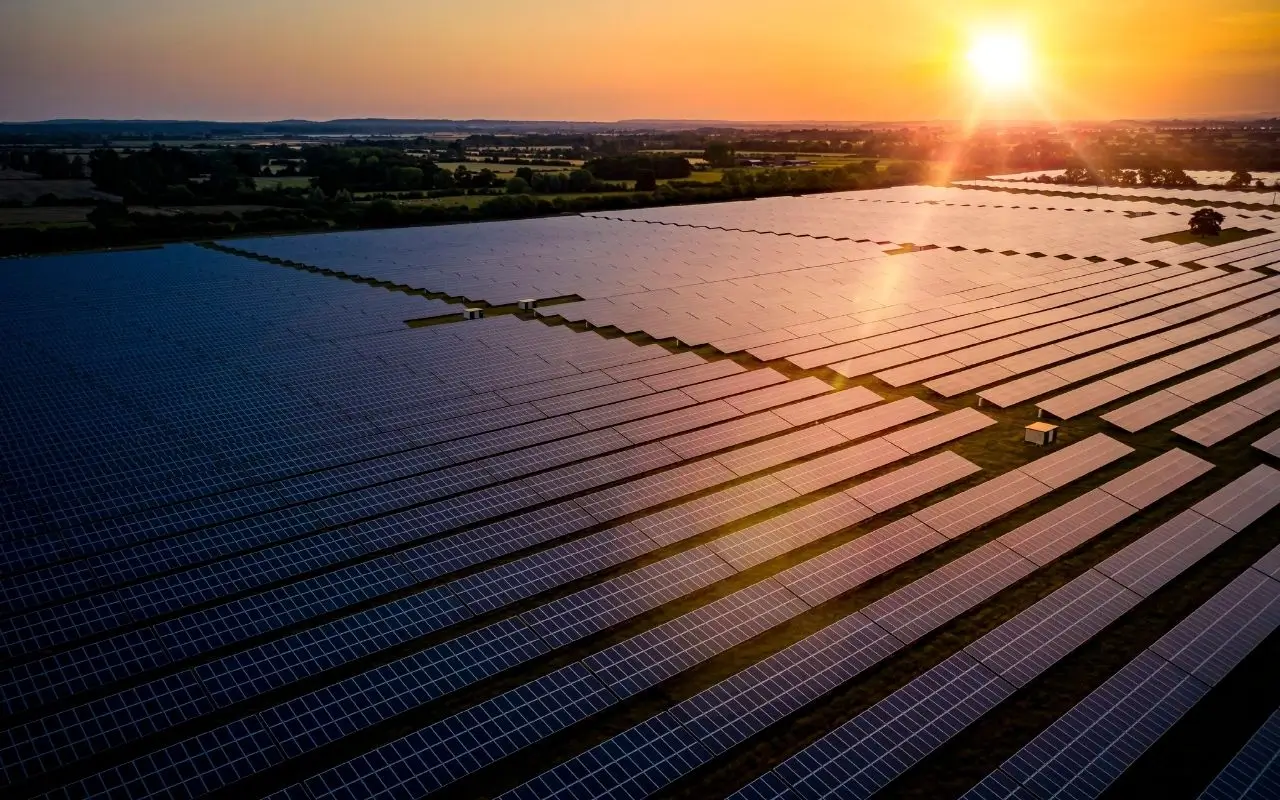
Do Comment